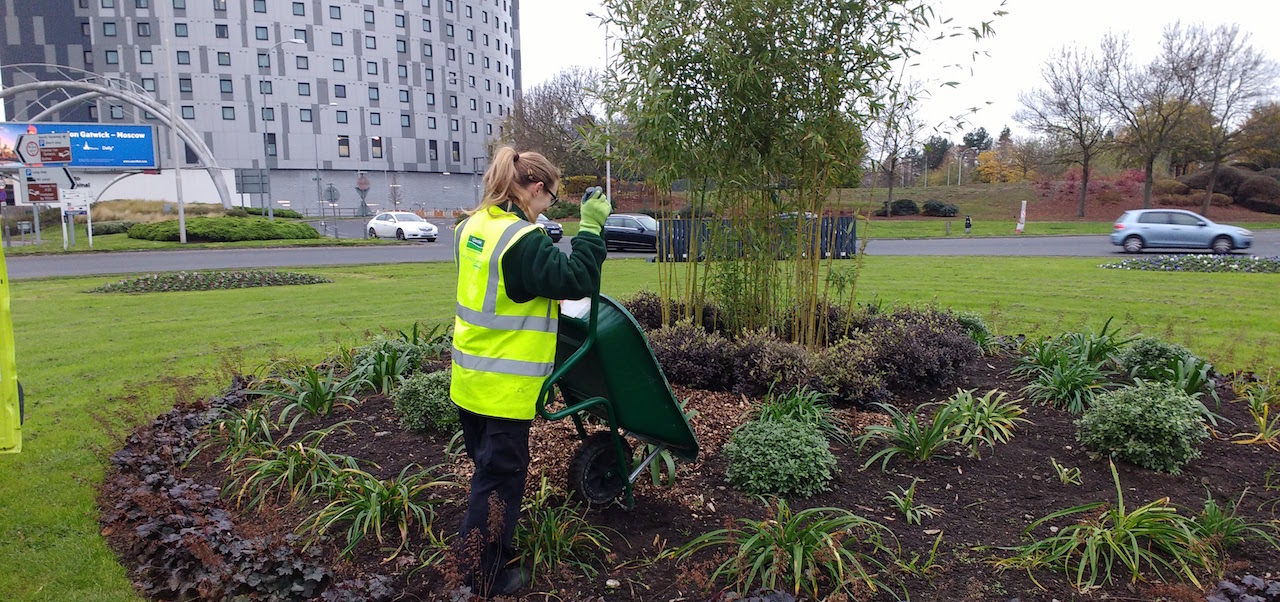Landscape design is more than just a way to enhance your outdoor space; it is an investment that can enhance the worth of your property and foster a inviting atmosphere. Whether you are a experienced gardener or just beginning, knowing the essential tools for landscaping can greatly impact the quality of your craft and the health of your garden. With the right equipment, you can handle everything from grass maintenance and upkeep to designing stunning outdoor living spaces that reflect your individual taste.
In this piece, we will examine the basic landscaping tools that all gardener should own. We will also touch on the value of hiring professional services when needed, how to carry out effective DIY projects, and the frequent pitfalls to avoid. Equipped with this knowledge, you can take wise actions that will not only improve your landscape but also provide you with a lively and sustainable outdoor environment. If you are looking to achieve a verdant lawn or a tastefully crafted garden, the proper tools are essential for realizing your landscape design visions.
The Value of Expert Landscaping
Professional landscaping is an investment that can significantly enhance the beauty and functionality of your grounds. By contracting click here to read in the field, businesses gain access to advanced design techniques and understanding of vegetation options that can transform common landscapes into stunning, cohesive outdoor environments. This skill not only ensures that the landscape is appealing but also promotes thriving plant growth and environmental responsibility.
In addition, engaging a professional landscaping service can save time and lower the stress associated with caring for your yard. Landscaping involves various tasks such as lawn care, tree trimming, and plant maintenance that can be physically demanding and require a time commitment. By outsourcing these tasks, landowners can concentrate on other priorities while being assured that their landscape is in skilled hands. Additionally, experts have the necessary tools and training to handle jobs efficiently and effectively, reducing the risk of issues.
Another important factor of professional landscaping is its effect on property value. A carefully planned and upkept landscape can considerably increase a property's appraisal value and curb appeal, making it more inviting to potential buyers. Reports indicate that properties with expertly landscaped yards often see financial returns that can outperform personal expectations. Thus, investing in professional landscaping not only enhances the current enjoyment of your outdoor space but also pays dividends in the years to come.
Critical Landscaping Practices
Creating a gorgeous landscape demands attention to key practices that ensure your garden flourishes season after season. One of the important components of effective landscaping is routine lawn care and maintenance. This entails trimming, hydrating, and nourishing your lawn to keep it vibrant and vigorous throughout all seasons. Understanding the ideal lawn care practices for every season aids in attaining a lush appearance. Adding aeration and overseeding is essential for rejuvenating weary lawns and fostering dense growth.
When picking plants for your landscape, it is necessary to consider their specific needs and how well they will succeed in your local area. Choosing the right plants can improve your garden's beauty while lowering maintenance. Utilizing native plants is not only advantageous for their adaptability but also attracts local wildlife, contributing to a balanced ecosystem. Focusing on minimal-care landscaping ideas can make your garden enjoyable without burdening you with upkeep tasks.
Utilizing sustainable and eco-friendly practices is ever more crucial in contemporary landscaping. Implementing xeriscaping techniques can help design a low-water landscape that preserves resources while still offering aesthetic appeal. These practices not only beautify the beauty of your outdoor space but also help in lowering your carbon footprint. By sticking to these essential landscaping practices, you can establish a lively and sustainable garden that reflects your personal style while being eco-conscious.
Eco-Friendly Landscaping Options
Eco-Friendly landscaping is focused on developing an environment that conserves resources and minimizes harmful effects on the ecosystem. By selecting native plants, homeowners can greatly reduce water consumption and benefit local wildlife. Native species are perfectly matched to the local climate and soil conditions, which means they need less care and are more resilient to pests and diseases. This method not only fosters a more vibrant landscape but also enhances biodiversity in the region.
Integrating sustainable practices like xeriscaping allows gardeners to create aesthetic landscapes while saving water. Xeriscaping centers around using drought-resistant plants and efficient irrigation techniques, which makes it an ideal solution for homeowners in desert regions. This technique not only cuts down on water use but also fosters a beautiful, low-maintenance yard that requires less care and lower utility bills, making gardening more satisfying for busy homeowners.
Organic waste recycling and using natural fertilizers are also essential elements of sustainable landscaping. By repurposing yard waste and kitchen scraps, gardeners can improve their soil naturally without the need for synthetic fertilizers. This practice not only boosts soil health but also minimizes waste, promoting a self-sustaining system within the garden. By utilizing these sustainable practices, homeowners can create beautiful, thriving landscapes that are both ecologically responsible and economically viable.

